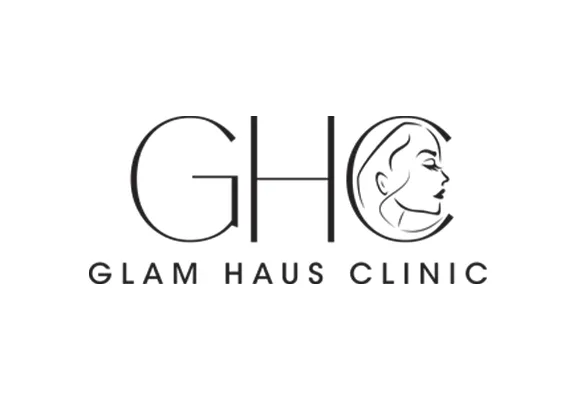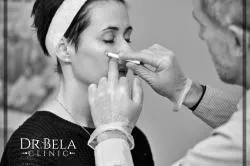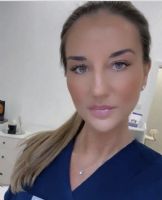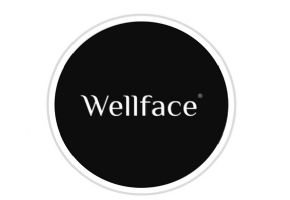UK and Ireland Clinic Search
Looking for your local cosmetic surgery clinic, beauty salon, non-surgical medical aesthetic clinic, cosmetic dentist, hair loss specialist or laser eye surgery provider?
Our Latest Clinic Additions

Glam Haus Clinic
7 Jubilee Crescent, Coventry, CV6 3EX
Soothe your mind, treat your body, and rejuvenate your soul at Glam Haus Clinic. We invite you to visit us, and find the best version of yourself at our Beauty & Aesthetic Clinic!
More Information
Dr Bela Clinic
The Hogarth Health Club, Airedale Avenue, London, W4 2NW
Dr Bela Clinic performs Non-Surgical Cosmetic treatments, including Dermal fillers and Wrinkle Treatment injections at Dr Bela’s Skin Clinic in West London at The Hogarth MediSpa
More InformationSpecific Clinic Searches
Treatment Search
Find and compare your local cosmetic clinics who specialise in offering particular treatments.
Product Search
Find and compare cosmetic clinics who offer a specific product or device in your local area.
Condition Search
Find and compare cosmetic, dental, hair loss and eye surgery clinics who treat a specific condition or concern.
Name Search
Find your local beauty or cosmetic clinic by searching for their name.
Town Search
Find your local beauty or cosmetic clinic by Town.
Add Your Clinic
If you would like your clinic business to be considered for Consulting Room Membership.
Latest Special Offers
To view all our special offers please Click Here.
Up to a 35% saving when booking courses of treatments | Reference: Consultingroom921
Offer Ends: 01-12-2024
Free 30 Min Consultation With Dr Yasmin Albeyatti | Reference: Consultingroom900
Offer Ends: 31-12-2030
For all treatments, you can book a free 30 minutes consultation with Dr Yasmin Albeyatti either online or in person. As a patient of Dr. Albeyatti, you can expect:
- a thorough consultation and treatment options explained clearly;
- the practice of the safest and most effective treatment methods;
- use of the highest quality medical grade products on the market;
- a practitioner with deep knowledge of facial anatomy and optimal facial proportions to achieve the results desired.
Dr. Albeyatti works closely with all of her patients to achieve their health and beauty goals, carefully tailoring her treatments to achieve a subtly enhanced beautiful face.

